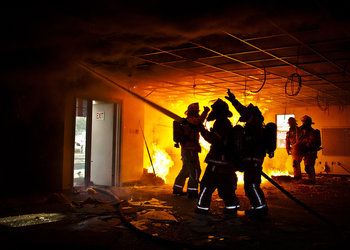
Maximization
Always choosing the highest risk option in any decision. This is rare as such individuals or organizations wouldn't survive long.Maximax
A strategy that maximizes the chance of a maximum return irrespective of risk. For example, a gambler who heads to the biggest paying game in a casino without regard to probabilities.Risk Seeking
An attraction to risk. This includes individuals who are comfortable with high risk but are only willing to take calculated risks that are rational. For example, an investor who buys stocks that are equally likely to go up 2x or fall 49% within a month. The term risk seeking can also apply to uncalculated risk taking.Risk Neutral
Comfort with risk that is taken for a good reason such as risks that are taken rationally based on an analysis of risk-reward. For example, an individual who makes a risky career choice who knows it may be a difficult path but is willing to face this risk to reach a goal they feel is important.Pareto Risk
An individual who believes that 80% of gains come from 20% of risk. Such individuals are only willing to take risks that have a very attractive risk-reward ratio. For example, a traveler who is willing to take flights on a reputable airline but unwilling to take unlicensed motorcycle taxis.Risk Adverse
A tendency to prefer the safest choices in every list of options. In some cases, efforts to avoid risk can create larger secondary risks. The classic example of this is an investor who avoids all risk who fails to preserve the value of their wealth due to inflation.Minimax
A preference to minimize a dread risk at any cost. This is typically irrational and based on emotions of fear and protective instincts. For example, a home owner who spends $200,000 on security systems but then loses their home when they can't pay their property taxes.Minimization
A preference to minimize every risk, whatever the cost. This may apply in areas such as safety engineering where it is simply unacceptable for a particular type of safety incident to occur.| Overview: Risk Appetite | ||
Type | ||
Definition | The amount of risk an individual or organization is willing to take. | |
Related Concepts | ||






























